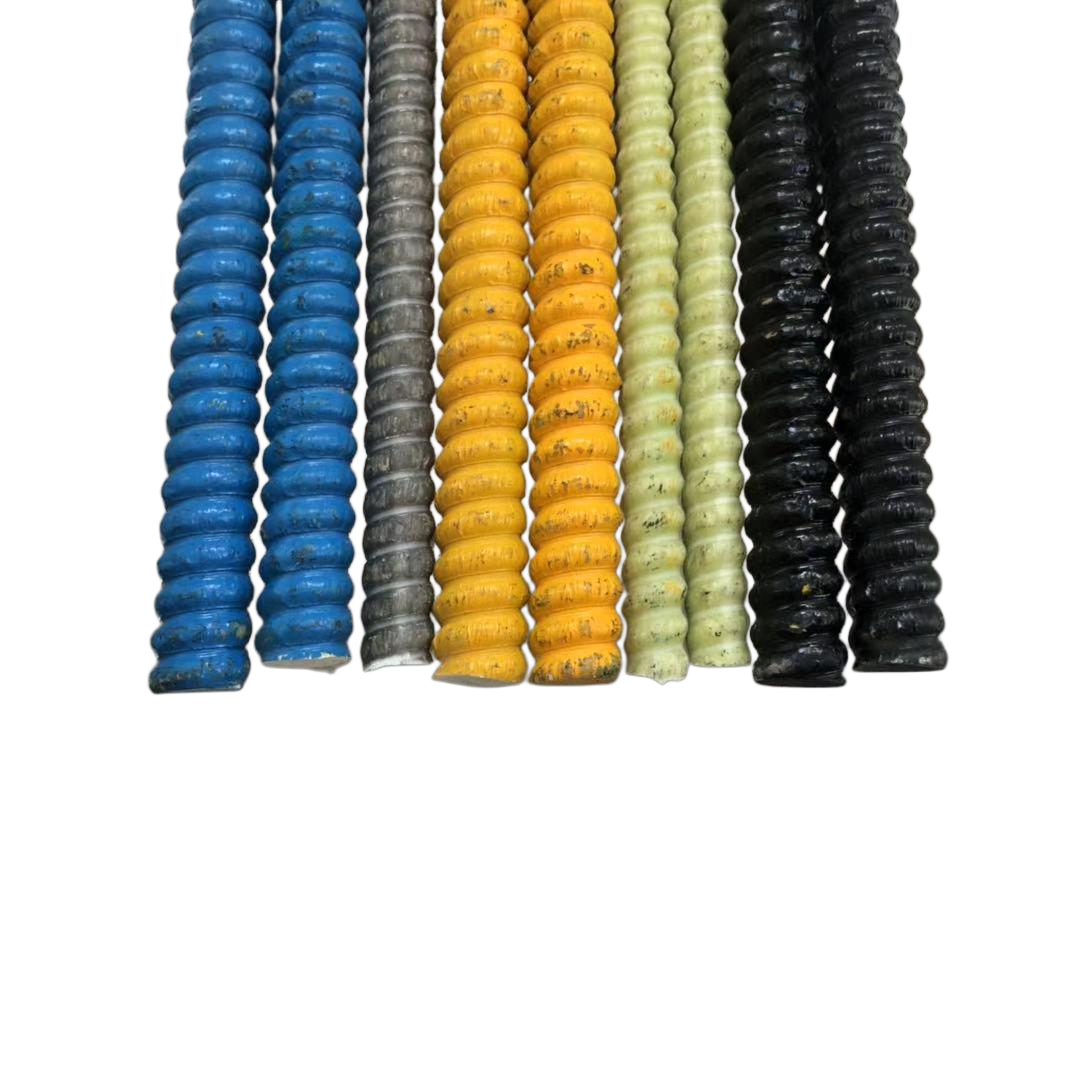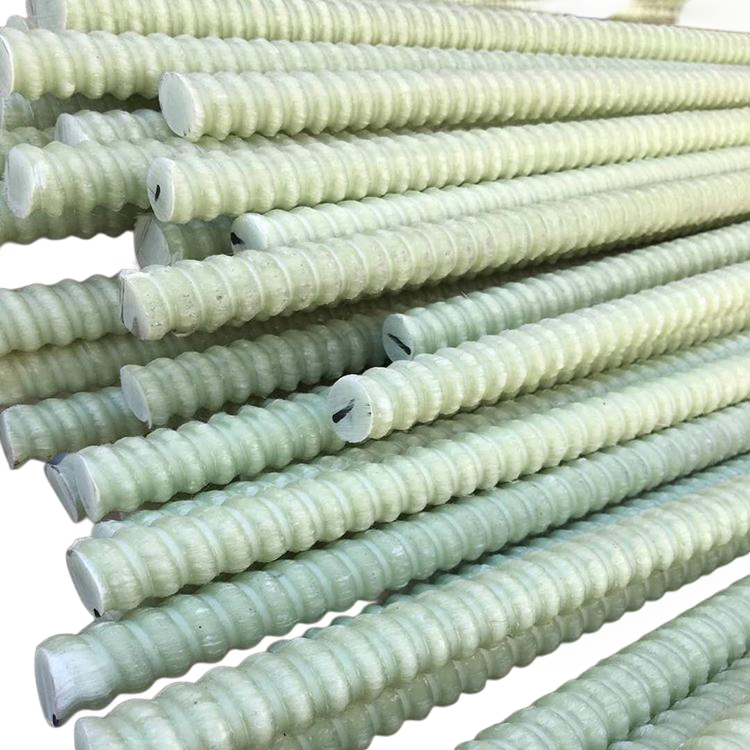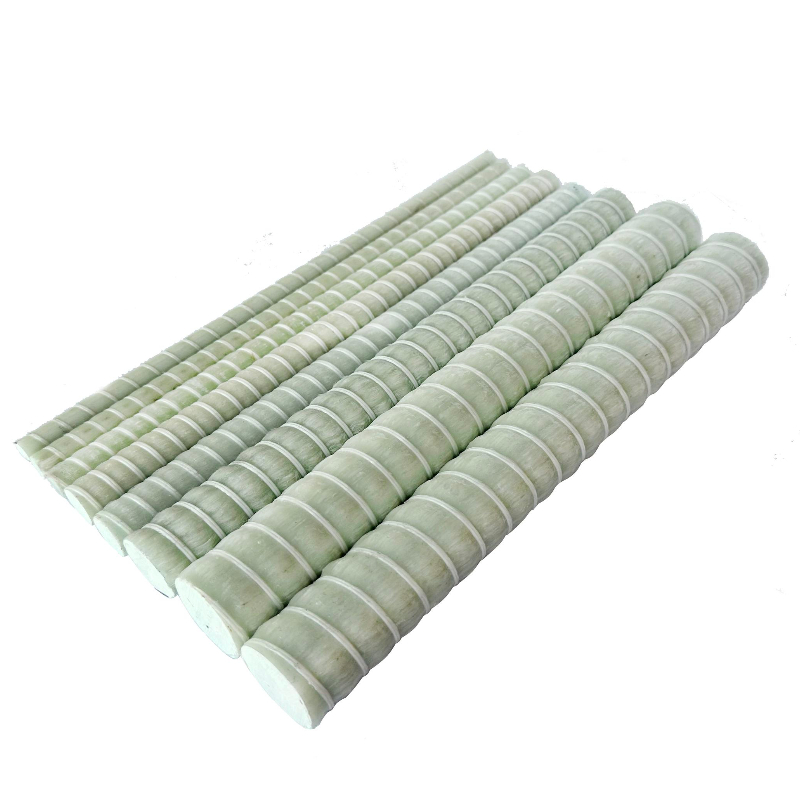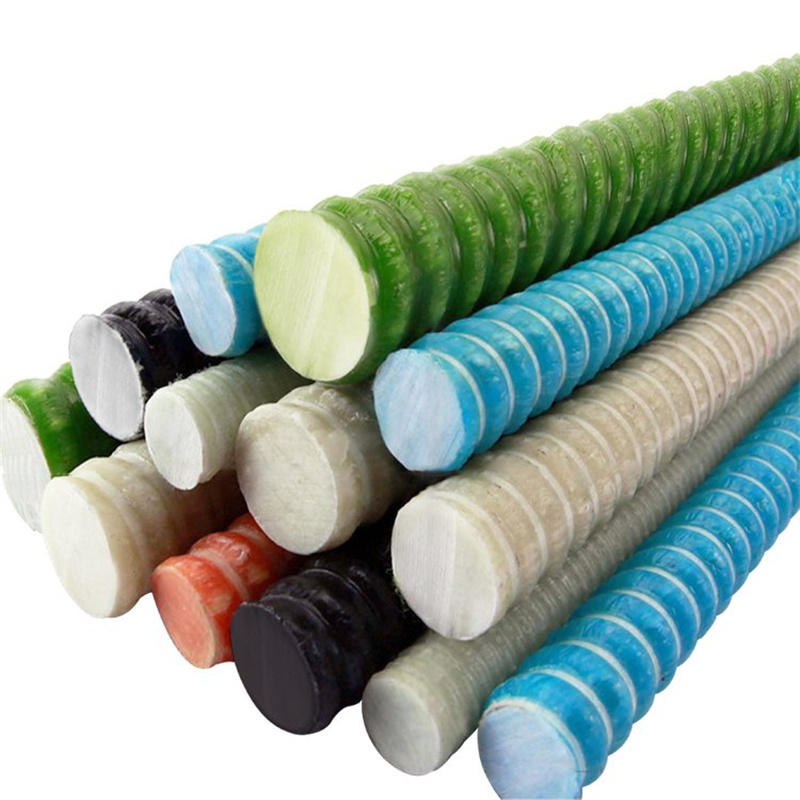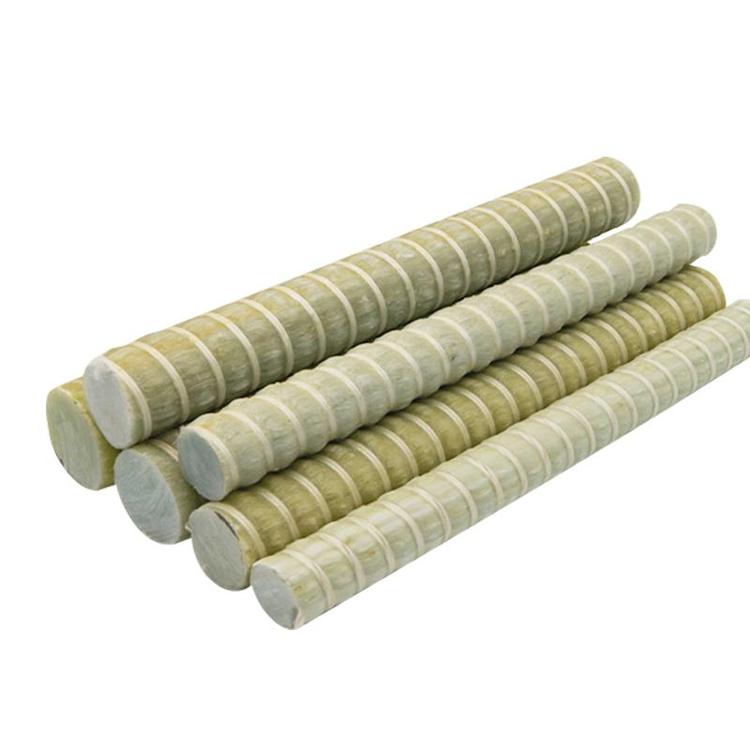Introduction
Construction bolts are indispensable components in modern engineering, serving as the backbone of structural integrity in various infrastructures. They are engineered to hold together critical elements in buildings, bridges, tunnels, and other architectural feats. Understanding the complexities and innovations in construction bolts is essential for engineers, architects, and construction professionals aiming to enhance safety and efficiency in their projects.
Types of Construction Bolts
The variety of construction bolts available in the market reflects the diverse needs of the construction industry. Each type is designed with specific materials, mechanical properties, and applications in mind. Below is an in-depth analysis of the most common types of construction bolts used in the field today.
High-Strength Structural Bolts
High-strength structural bolts are commonly used in steel connections where high-load capacity is required. Manufactured from medium carbon steel and heat-treated to achieve greater strength, these bolts meet stringent standards such as ASTM A325 and A490. They are crucial in applications involving heavy structures like skyscrapers, transmission towers, and industrial buildings.
The mechanical properties of high-strength bolts include high tensile strength, yield strength, and toughness, making them suitable for withstanding dynamic loads and harsh environmental conditions. Recent advancements have focused on improving the fatigue resistance of these bolts to extend the lifespan of structures.
Anchor Bolts
Anchor bolts are essential for anchoring structures to concrete foundations. They come in various designs, including L-shaped, J-shaped, and headed anchor bolts, each serving specific load requirements and installation methods. The correct selection and installation of anchor bolts are critical for the stability and safety of structures.
Advancements in anchor bolt technology have led to the development of expansion anchor bolts and chemical anchor systems. These innovations provide higher load capacities and better adaptability to different construction scenarios, enhancing the versatility of anchor bolts in modern engineering.
Fiber-Reinforced Polymer (FRP) Bolts
FRP bolts represent a significant leap in construction bolt technology. Composed of a polymer matrix reinforced with fibers, typically glass or carbon, FRP bolts offer exceptional strength-to-weight ratios and corrosion resistance. They are particularly beneficial in environments where steel bolts are prone to corrosion, such as in marine or chemical facilities.
One notable application of FRP bolts is in tunnel construction. The non-conductive and non-magnetic properties of FRP materials are advantageous in preventing electromagnetic interference, which can be critical in certain infrastructure projects. Research indicates that FRP bolts can significantly extend the service life of structures while reducing maintenance costs.
Applications of Construction Bolts
Construction bolts are utilized across a myriad of applications, each demanding specific performance characteristics. Understanding these applications helps in selecting the appropriate bolt type, ensuring optimal performance and safety.
Structural Steel Connections
In structural steel construction, bolts are the primary means of connecting beams, columns, and braces. High-strength bolts are used to transfer loads through friction (slip-critical connections) or bearing (bearing-type connections). The choice between these methods depends on factors such as load type, required stiffness, and constructability.
Recent studies have focused on the behavior of bolted connections under seismic loading. Enhancements in bolt materials and connection designs aim to improve ductility and energy dissipation, which are crucial for structures in earthquake-prone regions.
Concrete Structures and Foundation Systems
Anchor bolts play a vital role in securing steel structures to concrete foundations. They are also used in precast concrete connections, facilitating the assembly of large structural components. Innovations such as post-installed anchors and adhesive anchoring systems have expanded the possibilities in concrete construction.
Quality control in the installation of anchor bolts is paramount. Factors like hole preparation, installation torque, and curing times for adhesives can significantly impact the performance of the anchors. Advances in installation tools and monitoring technologies have improved the reliability of these systems.
Underground and Mining Applications
In underground construction and mining, rock bolts and anchor systems are essential for stabilizing tunnels and caverns. FRP bolts, in particular, offer advantages due to their corrosion resistance and high tensile strength. They are also safer in environments where sparking could lead to hazardous conditions.
The development of self-drilling anchor bolts has improved efficiency in these applications. These bolts allow for simultaneous drilling and grouting, reducing installation time and improving ground reinforcement in unstable geological conditions.
Innovations in Construction Bolts
The construction industry continues to evolve with new materials and technologies enhancing the performance of construction bolts. These innovations address challenges such as corrosion, fatigue, and installation efficiency.
Corrosion-Resistant Coatings
Corrosion is a major concern for metal bolts, especially in harsh environments. Advances in coatings, such as hot-dip galvanizing, zinc-aluminum alloy coatings, and epoxy coatings, have significantly extended the life of construction bolts. Research into nanotechnology-based coatings promises further improvements in corrosion resistance and self-healing capabilities.
Smart Bolts and Monitoring Systems
Smart bolts equipped with sensors allow for real-time monitoring of bolt tension and structural health. These systems help detect preload loss, fatigue, and potential failures before they become critical. Integrating IoT (Internet of Things) technology with construction bolts enhances preventive maintenance and safety in structures.
Advanced Materials and Composites
The use of advanced materials like carbon fiber composites in bolt manufacturing offers superior mechanical properties. These materials provide high strength, low weight, and excellent fatigue resistance. Research into hybrid materials combines the benefits of metals and composites, aiming to optimize performance and cost-effectiveness.
Design and Selection Criteria
Selecting the appropriate construction bolt involves considering various factors, including mechanical loads, environmental conditions, and compliance with standards and regulations.
Load Requirements and Mechanical Properties
Understanding the load paths and the types of stresses (tensile, shear, and combined stresses) is crucial in bolt selection. Engineers must calculate the required bolt strength and consider factors such as bolt diameter, material grade, and thread type. Safety factors are incorporated to account for uncertainties in loads and material properties.
Environmental Considerations
Environmental factors like temperature extremes, moisture, chemical exposure, and UV radiation can affect bolt performance. For example, in coastal regions, corrosion-resistant materials or coatings are necessary to prevent degradation. In high-temperature applications, materials that maintain mechanical properties at elevated temperatures are required.
Standards and Regulatory Compliance
Compliance with industry standards (such as ASTM, ISO, and DIN) ensures that construction bolts meet minimum quality and performance criteria. Regulations may dictate specific requirements for critical structures, particularly those related to public safety. Adhering to these standards is essential for legal compliance and the prevention of structural failures.
Installation Techniques and Best Practices
Proper installation of construction bolts is as important as the selection of the bolts themselves. Installation errors can lead to inadequate preload, bolt loosening, and eventual structural failures.
Torque Control and Tensioning Methods
Achieving the correct bolt tension is critical for the integrity of bolted connections. Methods such as torque wrench tightening, turn-of-nut, and tension indicating devices are employed to control preload. Recent advancements include the use of hydraulic tensioners and ultrasonic measurement devices for more accurate tensioning.
Lubrication and Thread Preparation
Lubrication reduces friction between threads, leading to more consistent tensioning. Selecting appropriate lubricants that are compatible with the bolt material and the environmental conditions is important. Thread cleanliness and integrity must be ensured before installation to prevent galling and seizure.
Quality Assurance and Inspection
Inspection procedures include visual checks, torque verification, and nondestructive testing methods. Regular inspections during and after installation help detect issues such as overtightening, under-tightening, or cross-threading. Implementing rigorous quality control measures reduces the risk of structural failures.
Case Studies and Practical Applications
Analyzing real-world applications provides valuable insights into the performance and challenges associated with construction bolts.
Bridge Construction Projects
In the construction of large-span bridges, such as suspension or cable-stayed bridges, the use of high-strength bolts is critical. Case studies have shown that proper bolt selection and installation contribute to the longevity and safety of these structures. For instance, the implementation of construction bolts with enhanced corrosion resistance has proven effective in extending maintenance intervals.
High-Rise Building Connections
In high-rise buildings, bolted connections are subjected to complex load patterns, including wind and seismic forces. Innovations in bolt technology, such as the use of pretensioned bolts and friction grip connections, have improved the performance of these structures. Studies emphasize the importance of considering bolt relaxation and creep over time.
Offshore and Marine Structures
Offshore platforms and marine structures face harsh environmental conditions that accelerate corrosion. The use of FRP bolts and advanced coatings has shown promise in increasing the durability of these structures. Research continues into material selection and protective strategies to combat the challenges posed by the marine environment.
Future Trends and Developments
The evolution of construction bolts is driven by the need for improved performance, sustainability, and cost-effectiveness. Emerging trends point towards smart materials, additive manufacturing, and enhanced sustainability.
Additive Manufacturing and Customization
Additive manufacturing, or 3D printing, opens possibilities for customizing bolts to specific project requirements. This technology allows for complex geometries and material gradients that were previously unattainable. While still in the early stages, additive manufacturing could revolutionize the production of specialized construction bolts.
Sustainable Materials and Environmental Impact
There is a growing emphasis on using sustainable materials with lower environmental footprints. Research into biodegradable coatings and recycling of bolt materials aligns with broader industry trends towards sustainability. Life-cycle assessments help in understanding and reducing the environmental impact of construction bolts.
Integration with Building Information Modeling (BIM)
The integration of construction bolts into BIM systems facilitates better planning, clash detection, and lifecycle management. This digitalization enhances collaboration among stakeholders and improves the accuracy of installations. As BIM technologies advance, they will play a more significant role in the selection and management of construction fasteners.
Conclusion
Construction bolts are critical components that underpin the safety and durability of infrastructure worldwide. Advances in materials, design, and technology continue to push the boundaries of what these seemingly simple devices can achieve. By embracing innovations such as FRP bolts, smart monitoring systems, and sustainable practices, the construction industry is enhancing the performance and longevity of structures.
For professionals in engineering and construction, staying informed about the latest developments in construction bolts is essential. As new challenges emerge, the continuous evolution of bolt technology will play a pivotal role in building resilient and sustainable infrastructure for the future.





















